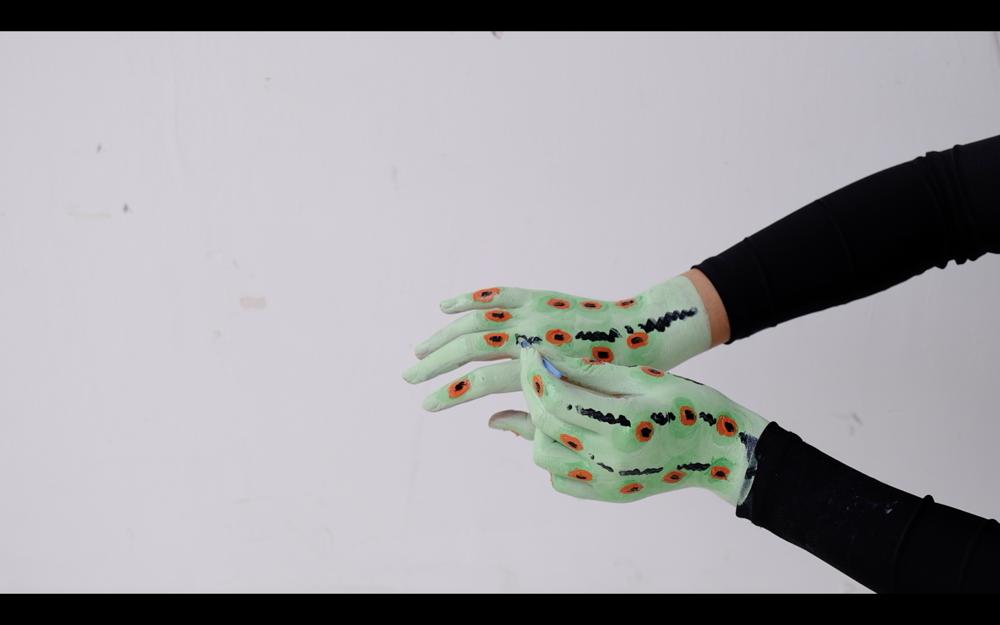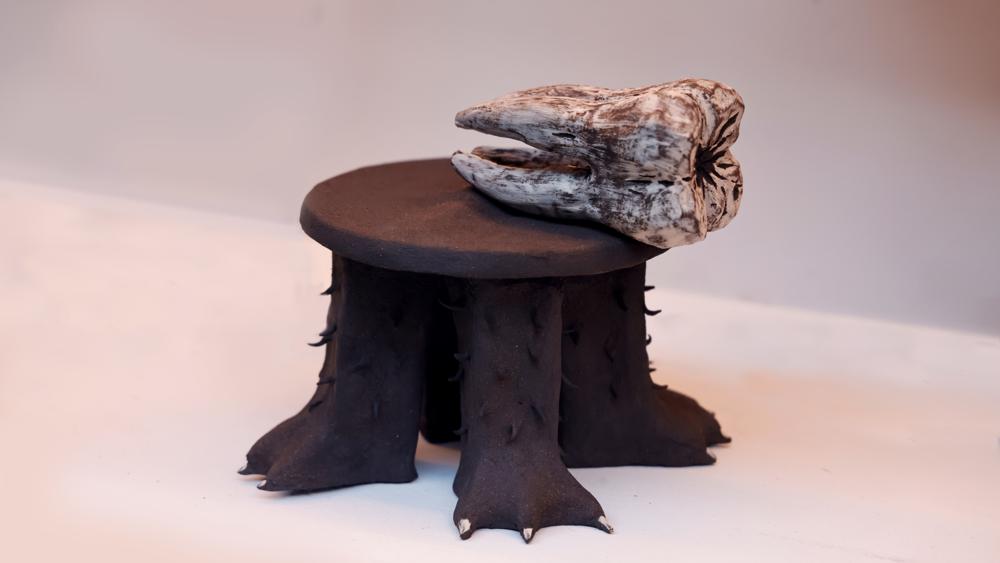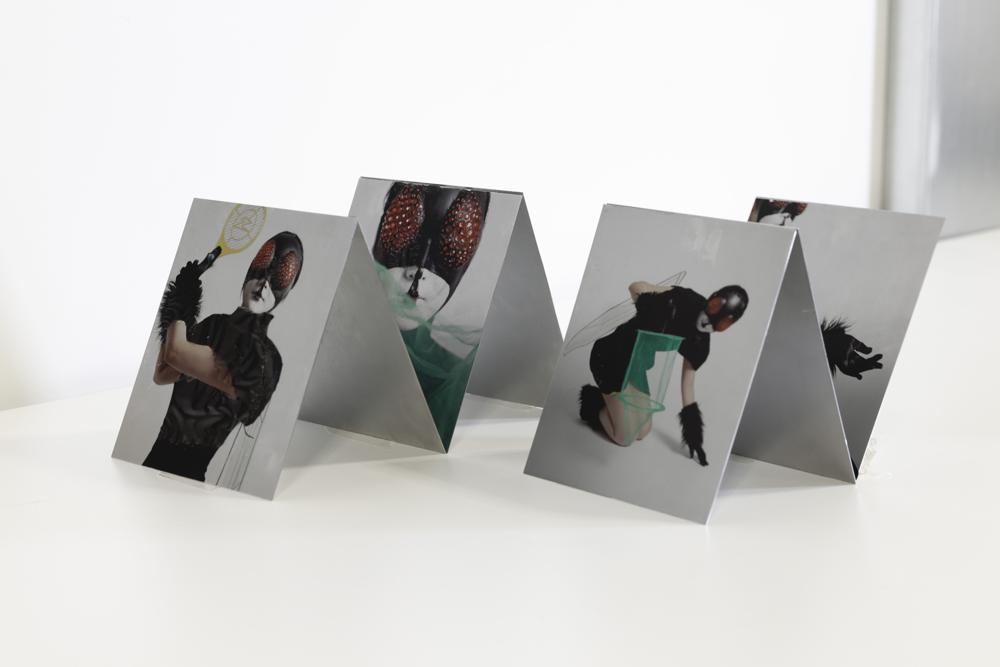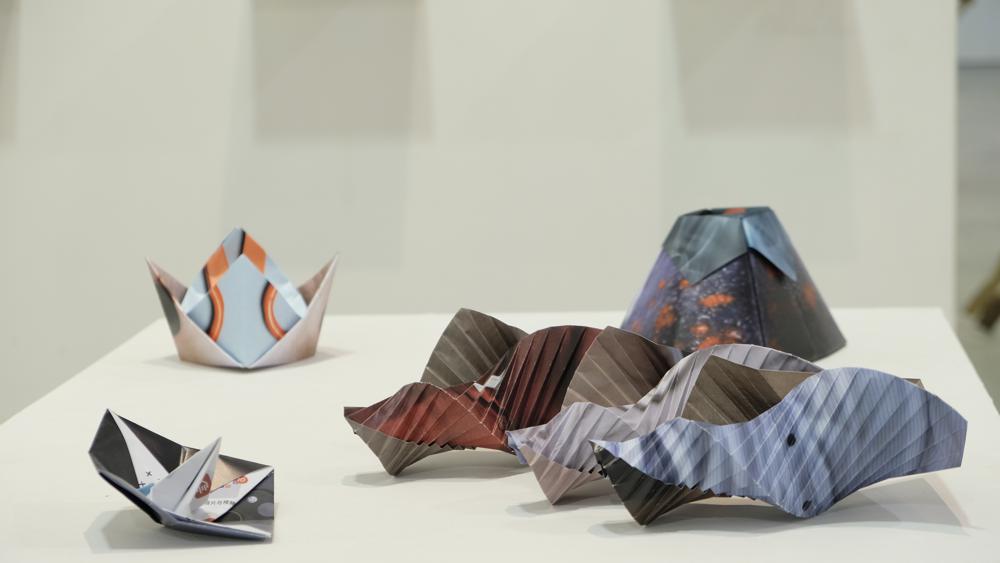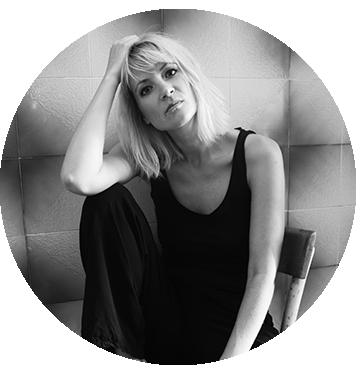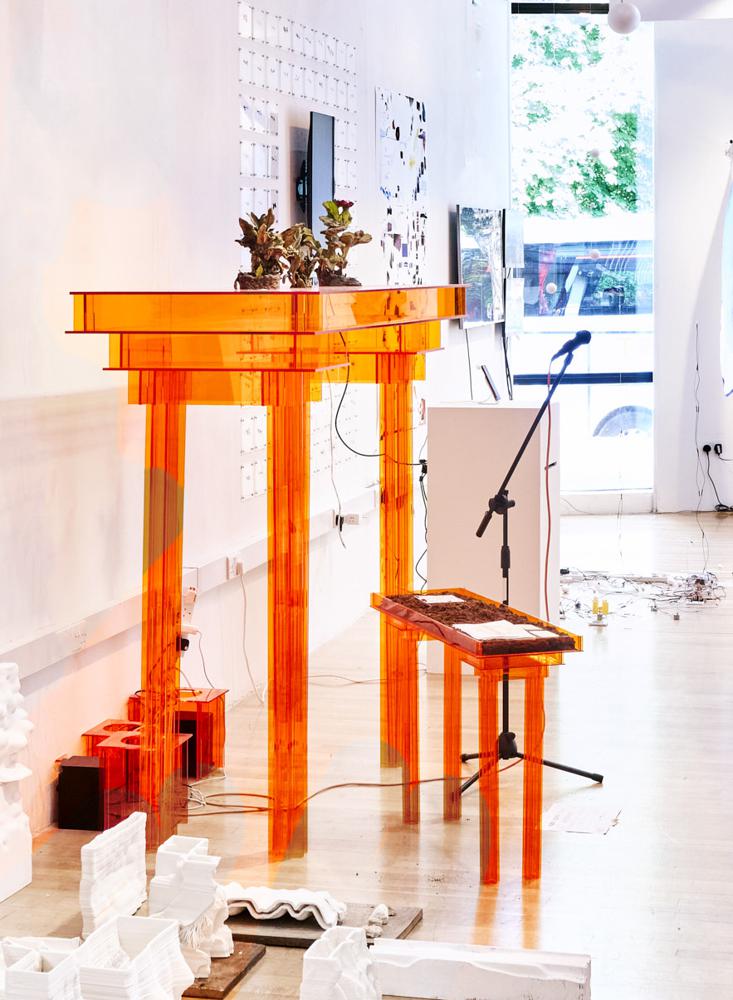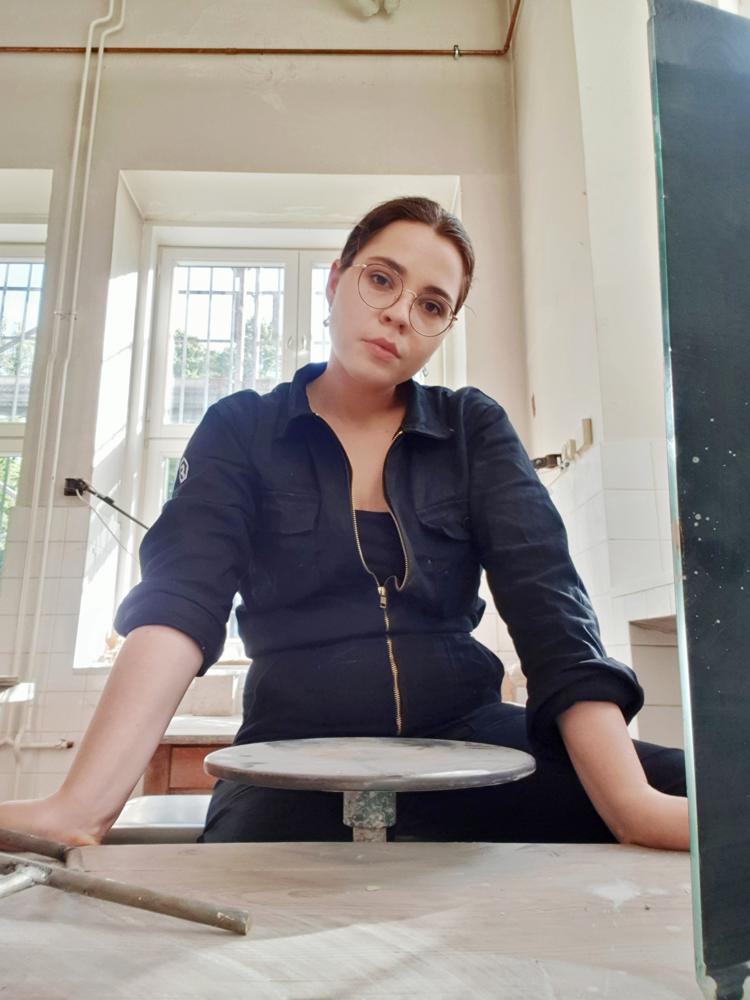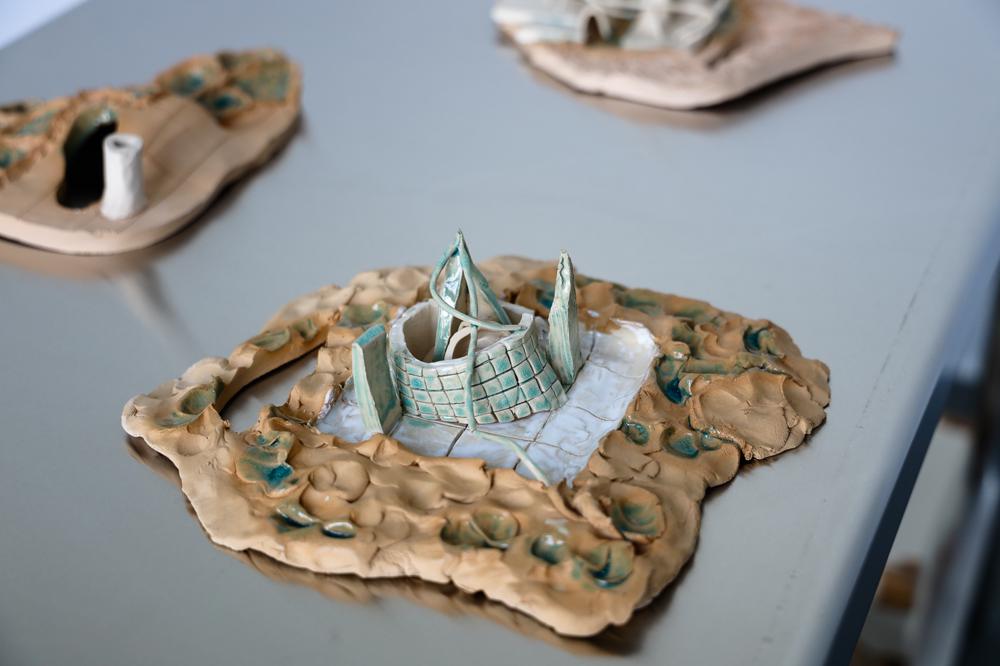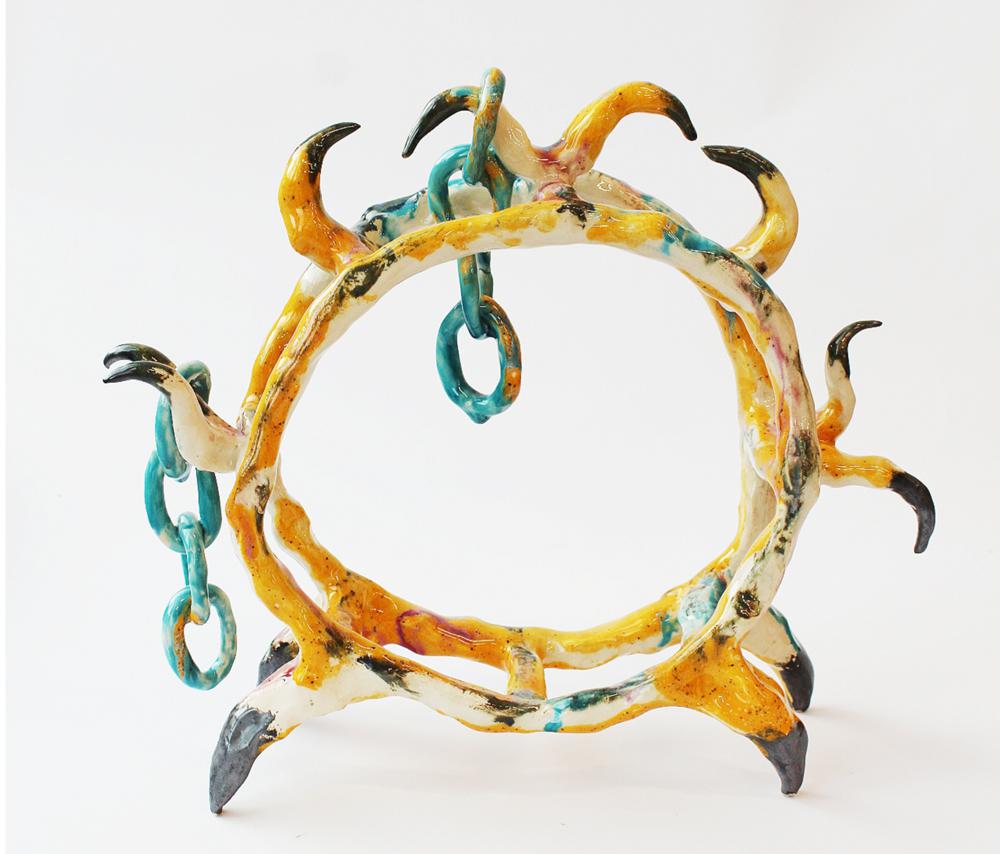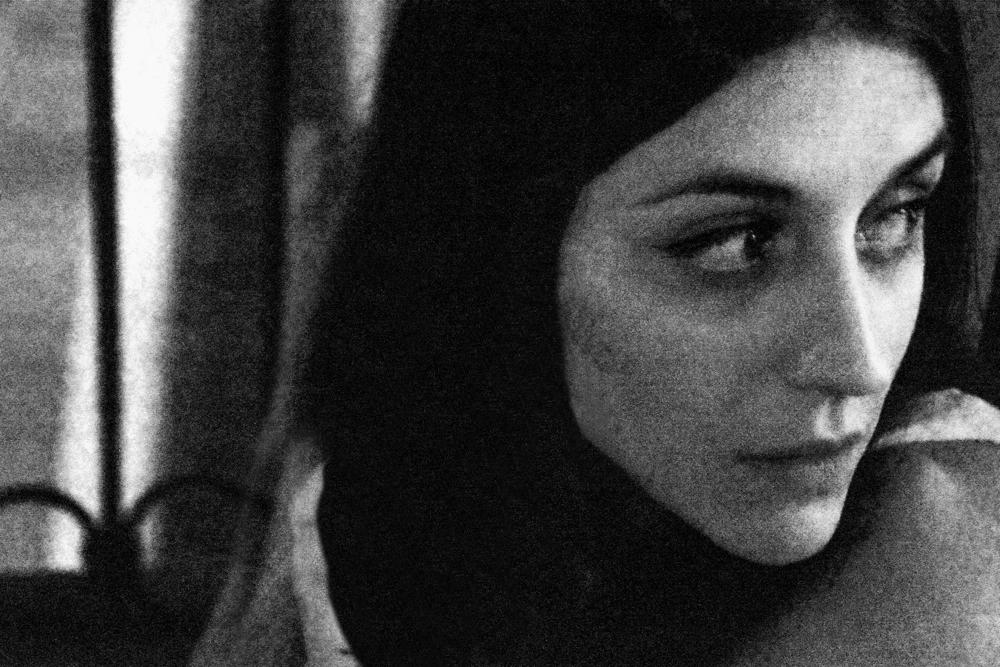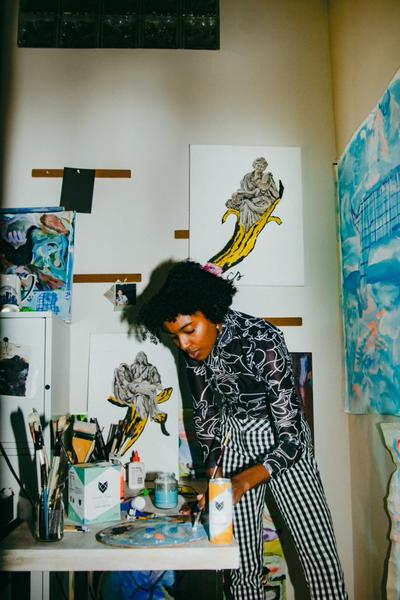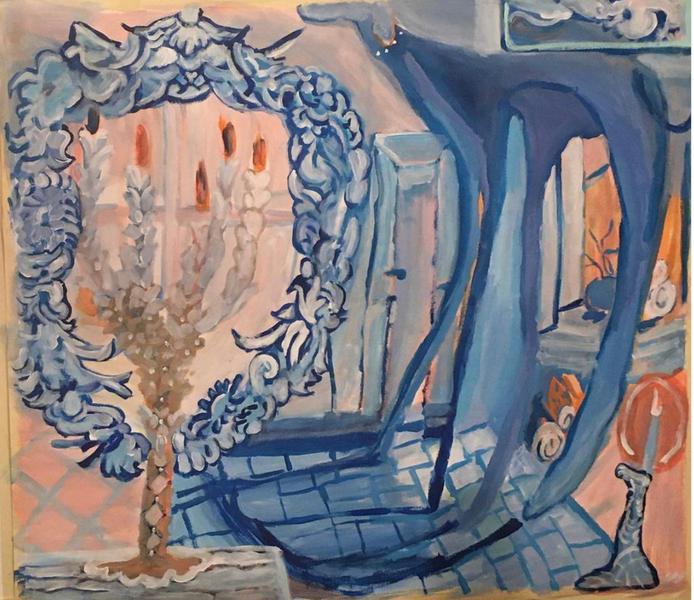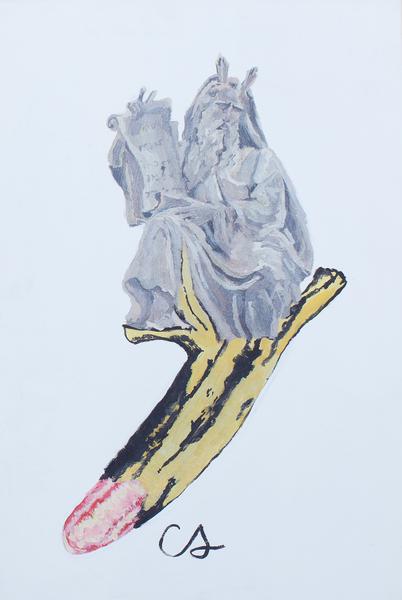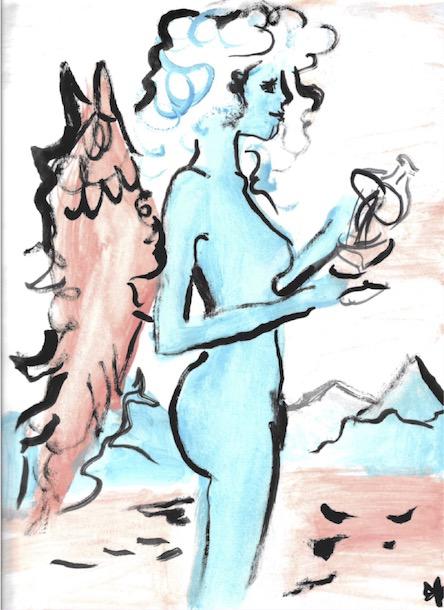
Our artists

Artists
Art created in the present or a recent past is a broad, straightforward description of the term Contemporary Art; however, it denotes more than that. Understanding the differences between contemporary art and its predecessor, modern art, is crucial before diving in. It doesn't help that contemporary and modern are interchangeable terms in everyday English. The phrases Modern Art/artists and Contemporary Art/artists are frequently confused and used interchangeably. These phrases relate to two distinct periods of creation and different scales and methods of producing art. Art created between the 1860s, and the 1970s is referred to as Modern Art. During this time, artists began to reject conventions and restrictions and embrace material experimentation. As they transitioned from figurative to abstract art, modern painters established a new method of artistic intention. There are many versions as to when precisely Modern Art began. Many people associate the 1970s with the advent of Postmodernism, which marked the end of Modern Art and the beginning of Contemporary Art. Contemporary Art is varied and diverse; it rejects a unified organising concept or title. Contemporary artists typically push the boundaries of what art and artwork may be by using various materials, techniques, images, and subject areas. Contemporary artists continue to explore, question, and reexamine the idea of art itself, lacking a shared belief and vision and cooperative means of expression compared to Modern Art and other historical art periods. Despite the wide range of Contemporary Art, specific similar themes can be seen in many of the pieces. Contemporary artists frequently examine hot-button subjects that shape our society, including time and memory, globalisation and migration, the body, identity politics, technology, and the digital world. The importance given to the viewer's experience of the artwork is another crucial aspect of Contemporary Art that sets it apart from Modern Art. Contemporary artists frequently focus on their pieces' impact on the audience when creating them. Art no longer revolves around the genius creator who made it or the beauty and shape of the piece. Today's art takes on many diverse forms, some transient (like Performance Art or Street Art) and exists outside of typical settings. Artsted provides a thorough overview of the many aesthetic expressions found in Contemporary Art. The artists we pick are evaluated according to the influence of their contributions to the art world, our culture, and the market. The artists presented on our platform were chosen for their essential and ground-breaking works and their representation of the numerous artistic styles and tendencies that define Contemporary Art. Learn about contemporary artists with Artsted!
SHOW MORE
Stay in the loop
Discover new art and collections added weekly








